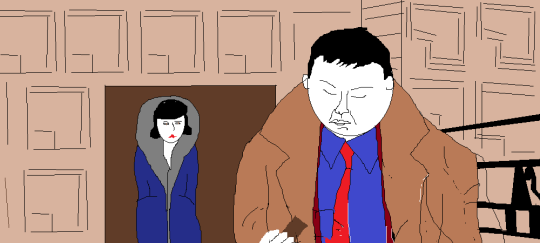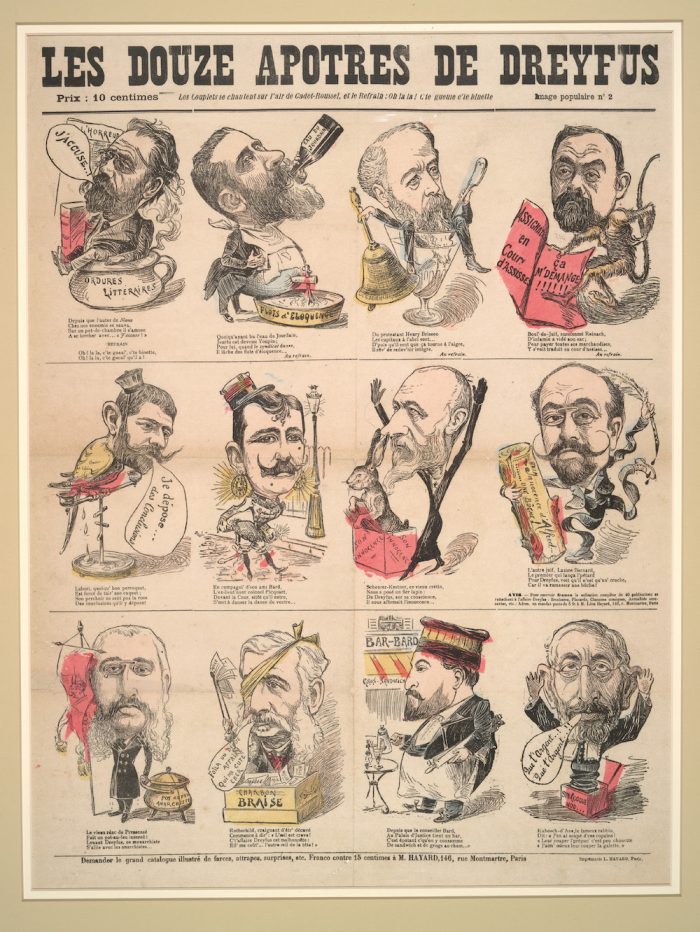America has specialized in both the beautiful and the terrible, inspiring awe of every positive and negative variety. That goes for both the human achievements that have happened there as well of the natural environments they’ve happened in and around, both of which define America equally and have made it the kind of place the word sublime, mixing in as it does a tinge of fear with admiration, was coined to describe. Ansel Adams, who ascended to the top of the photographic pantheon with his career spent shooting the 20th-century American West, seemed born to capture that sublimity.
How did he do it? The 1958 documentary Ansel Adams, Photographer (also available on Archive.org) offers a twenty-minute look into the life and work of the man whose name has become a byword for the majestic black-and-white American landscape. We also hear a few of his philosophical positions on his work. “Perhaps music is the most expressive of the arts,” says Adams himself after a few minutes at the piano. “However, as a photographer, I believe that creative photography, when practiced in terms of its inherent qualities, may also reveal endless horizons of meaning.”
We then see and hear about all the (highly pre-digital) cameras and associated tools with which Adams engaged in that practice before heading out to the coast to watch him in action. “Like every good photographer,” says the narrator, Adams “pre-visualizes his final print right there,” a technique we’ve previously covered here on Open Culture. Then out comes the light meter, in order to “estimate what exposure he needs now and what development he needs later.” Every choice Adams made — about “film, lens, filter, lens extension, lens aperture, shutter setting,” and more — he meticulously recorded in his notebook.
After developing and examining the negative in his lab, he tries out a “test exposure,” which pleasingly turns out as a “quite well-balanced” image, but one that nevertheless suggests improving tweaks for the next one. (Color film’s relative lack of flexibility in this part of the process kept black-and-white Adams’ photographic form of choice.) “Once Adams has achieved the print he wants,” the narrator tells us, “he is able, simply by controlling exposure and processing, to make from one negative hundreds of fine prints in a day. By this technique, he can produce portfolios of original prints which are in themselves works of art.”
Much has changed about photography since Adams did it, of course, though mostly in the technical sense. As the process of simply making a photograph becomes ever faster and easier, the discipline, concentration, and appetite for rigor of a photographer like Adams, whose “standards are as high as those of an architect or an engineer,” become ever rarer and more valuable. Like all of the most important artists, his process in combination with his very nature transcended the limitations of his time, resulting in images of America that, to this day, still look not just as if we could step right into them, but realer, somehow, than reality itself.
Ansel Adams, Photographer has been added to our collection, 4,000+ Free Movies Online: Great Classics, Indies, Noir, Westerns, Documentaries & More.
Related Content:
How to Take Photographs Like Ansel Adams: The Master Explains The Art of “Visualization”
200 Ansel Adams Photographs Expose the Rigors of Life in Japanese Internment Camps During WW II
Alfred Stieglitz: The Eloquent Eye, a Revealing Look at “The Father of Modern Photography”
1972 Diane Arbus Documentary Interviews Those Who Knew the American Photographer Best
Henri Cartier-Bresson and the Decisive Moment
Based in Seoul, Colin Marshall writes and broadcasts on cities and culture. He’s at work on a book about Los Angeles, A Los Angeles Primer, the video series The City in Cinema, the crowdfunded journalism project Where Is the City of the Future?, and the Los Angeles Review of Books’ Korea Blog. Follow him on Twitter at @colinmarshall or on Facebook.






